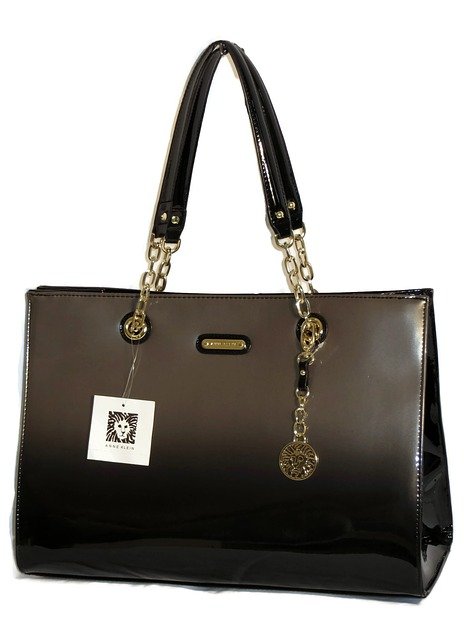The Evolution of Handbags: From Function to Fashion Statement
Handbags have been an essential accessory for centuries, evolving from practical carrying solutions to iconic fashion statements. These versatile items serve both functional and aesthetic purposes, adapting to changing lifestyles and fashion trends. This article explores the world of handbags, their history, types, and their significance in modern fashion.

What are the most common types of handbags?
Handbags come in various styles to suit different needs and occasions. Some popular types include:
-
Tote bags: Large, open-top bags ideal for everyday use and carrying multiple items.
-
Clutches: Small, hand-held bags designed for formal events and evenings out.
-
Shoulder bags: Mid-sized bags with a single strap worn over the shoulder.
-
Crossbody bags: Similar to shoulder bags but with a longer strap worn across the body.
-
Backpacks: Dual-strapped bags worn on the back, popular for casual and active lifestyles.
-
Satchels: Structured bags with a top handle and often a detachable shoulder strap.
Each type serves a specific purpose and can be styled to complement various outfits and occasions.
How do handbags contribute to personal style?
Handbags play a crucial role in defining personal style and completing an outfit. They can serve as a statement piece, adding color, texture, or visual interest to an ensemble. The choice of handbag can reflect an individual’s personality, lifestyle, and fashion preferences. From minimalist designs to bold, embellished pieces, handbags offer endless possibilities for self-expression through fashion.
What materials are commonly used in handbag construction?
Handbags are crafted from a wide range of materials, each offering unique characteristics:
-
Leather: Durable and classic, leather handbags are often associated with luxury and timeless style.
-
Synthetic materials: Such as polyurethane or nylon, offer affordability and easy maintenance.
-
Canvas: Lightweight and casual, perfect for everyday use and eco-friendly options.
-
Fabric: Includes materials like cotton, silk, and velvet, often used for evening bags or seasonal styles.
-
Straw or raffia: Popular for summer and beach-inspired designs.
-
Exotic skins: Such as crocodile or snake, used in high-end luxury handbags.
The choice of material impacts the bag’s durability, appearance, and price point.
How has the handbag industry adapted to sustainability concerns?
As environmental awareness grows, the handbag industry has begun to address sustainability concerns. Many brands now offer eco-friendly options, including:
-
Recycled materials: Using plastics, fabrics, or leather reclaimed from discarded products.
-
Vegan leather alternatives: Plant-based materials that mimic the look and feel of leather.
-
Upcycled designs: Creating new bags from repurposed materials or vintage pieces.
-
Biodegradable options: Using materials that break down naturally over time.
-
Ethical production: Ensuring fair labor practices and reducing environmental impact in manufacturing.
These initiatives aim to reduce the fashion industry’s carbon footprint and appeal to environmentally conscious consumers.
What factors influence handbag pricing?
The cost of handbags can vary significantly based on several factors:
-
Brand reputation and positioning
-
Materials used in construction
-
Craftsmanship and manufacturing process
-
Design complexity and uniqueness
-
Limited editions or collaborations
-
Marketing and distribution costs
| Brand | Entry-Level Price Range | Luxury Price Range |
|---|---|---|
| Fast Fashion Retailers | $20 - $100 | $100 - $300 |
| Mid-Range Brands | $100 - $500 | $500 - $1,500 |
| Luxury Designer Labels | $500 - $2,000 | $2,000 - $50,000+ |
Prices, rates, or cost estimates mentioned in this article are based on the latest available information but may change over time. Independent research is advised before making financial decisions.
Handbags have transcended their original purpose to become an integral part of fashion and personal expression. From everyday totes to luxurious designer pieces, these accessories continue to evolve with changing trends and consumer preferences. As the industry adapts to sustainability concerns and technological advancements, handbags remain a dynamic and essential element of the fashion landscape, blending function with style in countless creative ways.






